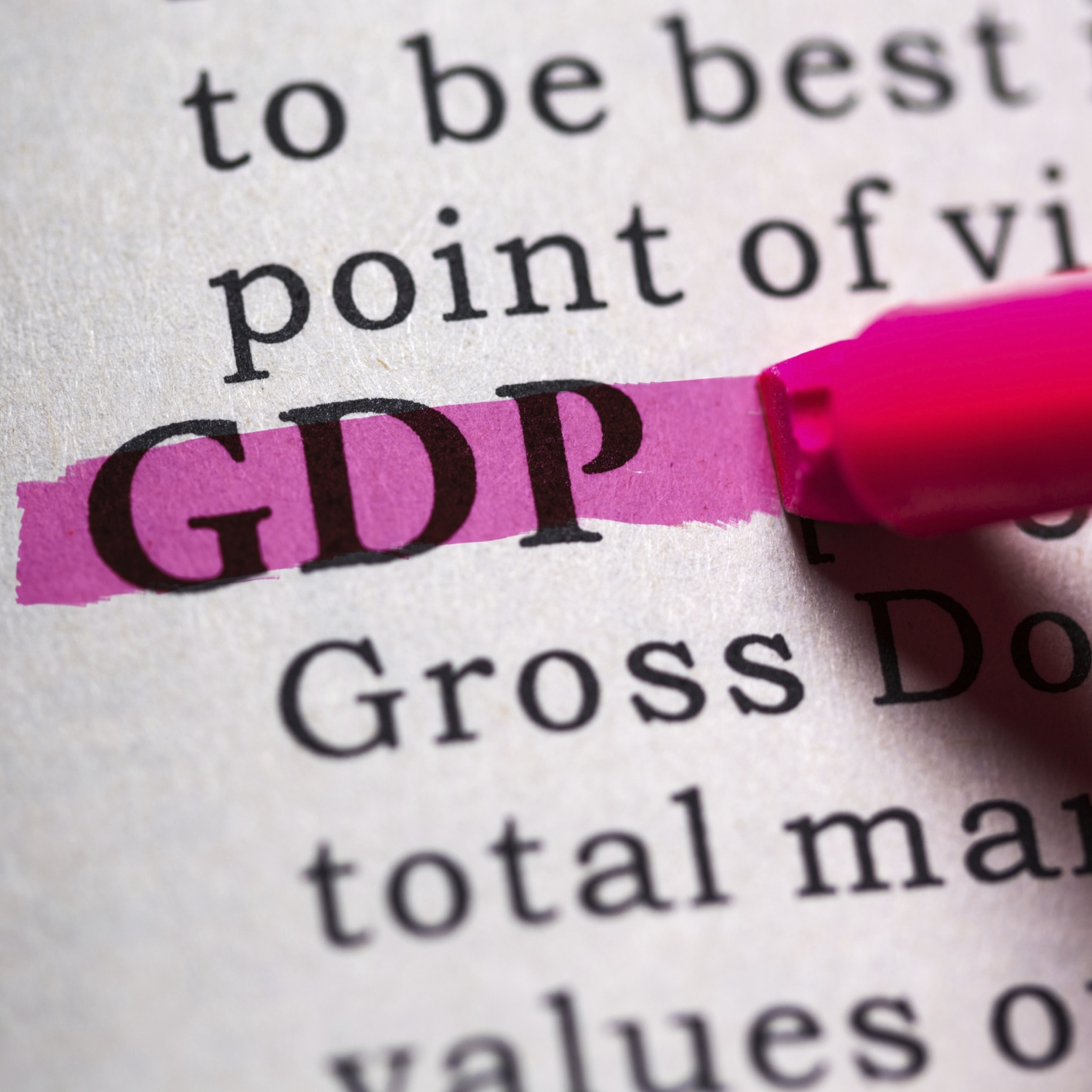
The United States got some good news for the economic yardstick measurement for growth. Gross Domestic Product (GDP) was revised higher for the third quarter. The Department of Commerce and Bureau of Economic Analysis reported that GDP increased at an annual rate of 2.1% in the third quarter of 2015.
This is good news considering how lackluster the prior 1.5% growth was reported in the first look at GDP issued almost a month ago. This was also the second estimate, and the so-called Final GDP will reported in another month.
What stands out here and which may temper some excitement is not really the increase, but that it came in right around expectations. Bloomberg and Dow Jones were both looking for headline GDP to come in at 2.1% as well.
Then there is the price index to consider, and this came in at 1.3% versus the 1.2% preliminary report. Bloomberg was looking for the price index to be static at 1.2%. That just is not inflationary.
It turns out that business actually saved the day here. Some 70% or so of GDP comes from consumer spending, and the final sales for consumers was revised down to 2.7% from a 3.0% original report. All of those higher inventories you have been hearing about were the accomplice here — and that could bite back for the fourth quarter GDP reading if those inventories do not sell or if they get written down massively. Personal consumption expenditures were revised to a gain of 3.0% versus a 3.2% gain that had been previously reported in the first look at third quarter GDP.
Net exports also pulled down 0.2% out of GDP versus the preliminary report. Residential investment added 0.2%. Additional commentary from the BEA was released as follows:
The increase in real GDP in the third quarter primarily reflected positive contributions from personal consumption expenditures (PCE), nonresidential fixed investment, state and local government spending, residential fixed investment, and exports that were partly offset by a negative contribution from private inventory investment. Imports, which are a subtraction in the calculation of GDP, increased.
The deceleration in real GDP in the third quarter primarily reflected a downturn in private inventory investment and decelerations in exports, in PCE, in nonresidential fixed investment, in state and local government spending, and in residential fixed investment that were partly offset by a deceleration in imports.
Real gross domestic income (GDI) — the value of the costs incurred and the incomes earned in the production of goods and services in the nation’s economy — increased 3.1 percent in the third quarter, compared with an increase of 2.2 percent (revised) in the second. The average of real GDP and real GDI, a supplemental measure of U.S. economic activity that equally weights GDP and GDI, increased 2.6 percent in the third quarter, compared with an increase of 3.0 percent (revised) in the second.
And here is where you get to see just how big these numbers are compared to the rest of the world The Current-dollar GDP, the actual market value of the goods and services produced by the nation’s economy (less the value of the goods and services used up in production) was up by some 3.4%, or $151.0 billion, in the third quarter. That was to a level of $18.0647 trillion. In the second quarter, current-dollar GDP increased 6.1%, or $264.4 billion. In the second quarter, real GDP increased 3.9%.
In 20 Years, I Haven’t Seen A Cash Back Card This Good
After two decades of reviewing financial products I haven’t seen anything like this. Credit card companies are at war, handing out free rewards and benefits to win the best customers.
A good cash back card can be worth thousands of dollars a year in free money, not to mention other perks like travel, insurance, and access to fancy lounges.
Our top pick today pays up to 5% cash back, a $200 bonus on top, and $0 annual fee. Click here to apply before they stop offering rewards this generous.
Flywheel Publishing has partnered with CardRatings for our coverage of credit card products. Flywheel Publishing and CardRatings may receive a commission from card issuers.
Thank you for reading! Have some feedback for us?
Contact the 24/7 Wall St. editorial team.


